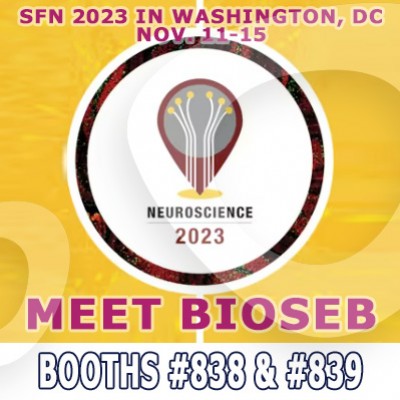Authors
Thibault Renoir, Terence Y Pang, Christina Mo, Grace Chan, Caroline Chevarin, Laurence Lanfumey and Antony J Hannan
Lab
Florey Neuroscience Institutes, INSERM, France
Journal
The Journal of Physiology
Abstract
Psychiatric disorders such as depression and anxiety are reported in Huntington's disease (HD) patients. Recent studies suggest beneficial effects of environmental enrichment (EE) on HD progression possibly through the serotonergic system. We investigated the potential effectiveness of EE in correcting the affective-like phenotype of female R6/1 HD mice. In addition to a behavioural battery of tests assessing depression and anxiety related endophenotypes, we also recorded physiological measures including body temperature regulation and defecation rate as indices of stress reactivity. Finally, following identification of changes in serotonin receptor gene expression we measured the function of 5-HT1A auto- and hetero-receptors. We found that 8-week-old female HD mice exhibited higher immobility time in the forced-swimming test and a decreased preference for saccharin solution. EE did not correct those depressive-like behaviours but reduced anxiety-related measures in unconditioned approach/avoidance conflict situations. Defecation rate in a large open field and change in temperature during exposure to the tail suspension test were both enhanced in HD compared to WT animals. Despite the enhanced hypothermic response to the 5-HT1A receptor agonist 8-OH-DPAT exhibited by HD mice, we found a reduction in 5-HT1A receptor mediated stimulation of [35S]GTP-?-S binding in the dorsal raphe nucleus and the hippocampus of HD animals. EE did not change 5-HT1A receptor function. Our data suggest that early EE has beneficial effects on the anxiety-like but not on the depression-like behaviours in HD. This is the first evidence that these affective endophenotypes can be dissociated via this form of environmental stimulation. Since 5-HT1A receptor dysfunction was not affected by EE, this receptor is unlikely to underlie the anxiety-related phenotype of HD. However, the specific regulatory role of the 5-HT1A autoreceptor in mediating the depressive-like behaviour in HD remains to be elucidated. Interestingly, by comparing in vivo and in vitro results, our findings suggest that 8-OH-DPAT-induced hypothermia could be mediated by other targets besides the 5-HT1A autoreceptor, including hippocampal 5-HT7 receptors.
BIOSEB Instruments Used:
Tail Suspension Test - Wireless (BIO-TST5)

 Douleur - Allodynie/Hyperalgésie Thermique
Douleur - Allodynie/Hyperalgésie Thermique Douleur - Spontanée - Déficit de Posture
Douleur - Spontanée - Déficit de Posture Douleur - Allodynie/Hyperalgésie Mécanique
Douleur - Allodynie/Hyperalgésie Mécanique Apprentissage/Mémoire - Attention - Addiction
Apprentissage/Mémoire - Attention - Addiction Physiologie & Recherche Respiratoire
Physiologie & Recherche Respiratoire
 Douleur
Douleur Métabolisme
Métabolisme Système moteur
Système moteur Neurodégénérescence
Neurodégénérescence Thématiques transversales
Thématiques transversales Système musculaire
Système musculaire Functions de motricité générale
Functions de motricité générale Troubles de l'humeur
Troubles de l'humeur Other disorders
Other disorders Joints
Joints Système Nerveux Central (SNC)
Système Nerveux Central (SNC)
 Système sensoriel
Système sensoriel
